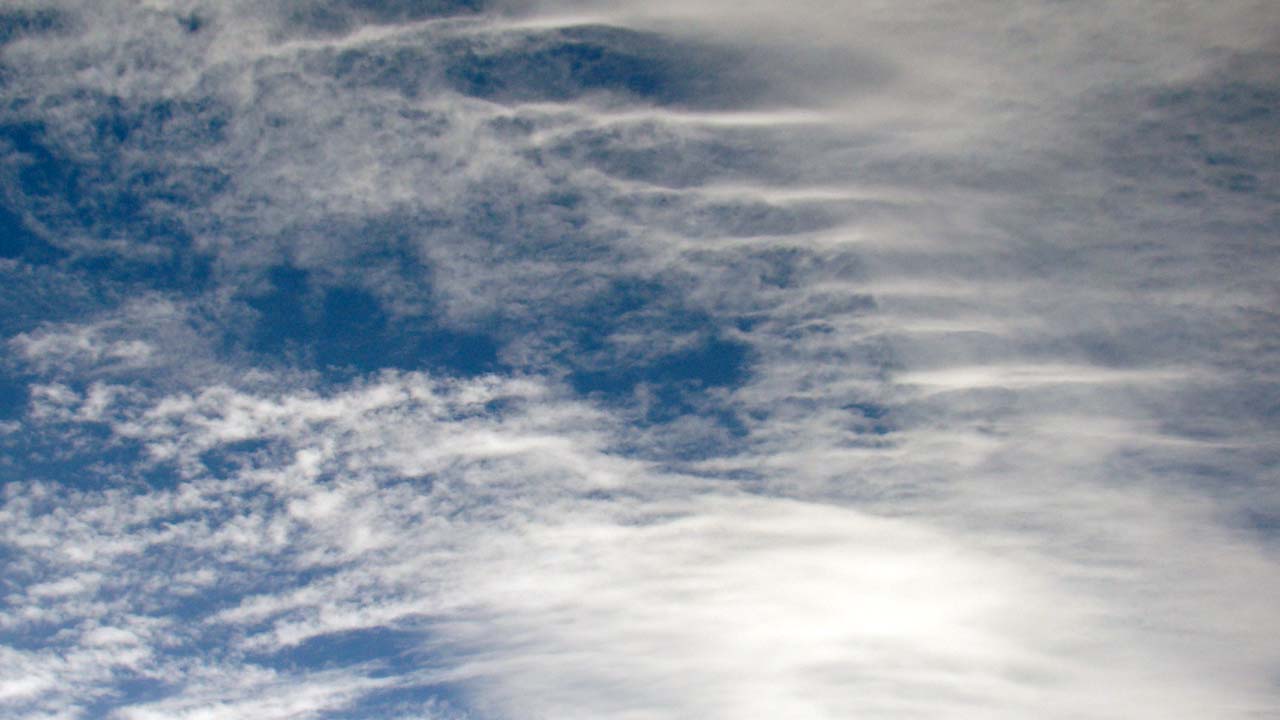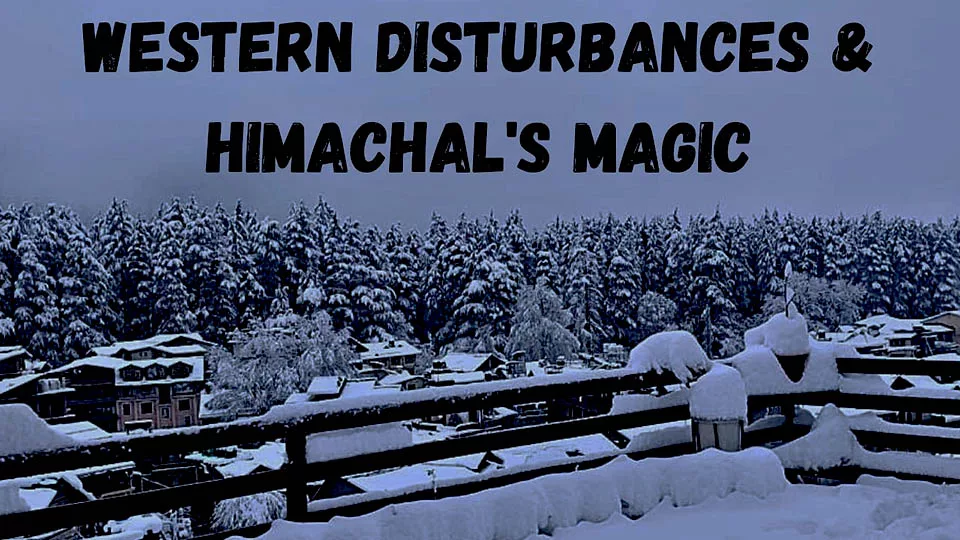Mountain Weather
Knowledge Base
The only way to truly foresee mountain weather is to spend a lot of time in the mountains. The more time you spend in one location, the greater your understanding of the weather patterns will be.
Some ranges always provide adequate warning of oncoming bad weather, while others provide none. Attempting to describe weather patterns or listing the many forms of weather that can occur in the mountains is beyond the scope of this article.
Weather Predictions
- Clouds that move against the wind suggest that the weather is getting worse.
- Feathery Cirrus clouds generally foretell impending terrible weather.
- Possible severe weather is indicated by lumpy high-cumulus clouds.
- An impending storm front is indicated by strong winds or unusually warm temperatures in clear weather.
- In the Himalayas, the full moon is frequently the steadiest moment.
We boost our odds of reaching the peak by combining simple meteorological information, familiarity with local weather, and flexible timetables and routes. To achieve the safest climbing expedition possible, the weather must be matched with excellent navigation skills, an understanding of self-rescue, and well-founded decision-making ability.

Season suggestion for Indian Himalayas
It’s ideal to go in the spring (April- June) or fall (September – October). The summer monsoon hits the Indian Himalayas the hardest.
Chasing Clouds: Western Disturbances & Himachal’s Magic

Resources
Today there are several internet tools for weather forecasting, but the further you travel, the fewer the resources. You may not have access to the internet while on an expedition, so analyzing variations from previous seasons will be beneficial.
- Mountain Forecast: Gives weather forecasts for around 11,300 prominent peaks globally
- Snow Forecast: Provide a reliable indication of general weather in large areas throughout the world.
- India Metrological Department
The most accurate—and most expensive—option is to hire a commercial mountain weather specialist. Monitoring stations across the globe record information about the temperature, wind speed, humidity, air pressure, and weather patterns, which may be viewed outdoors via satellite phone or modem.